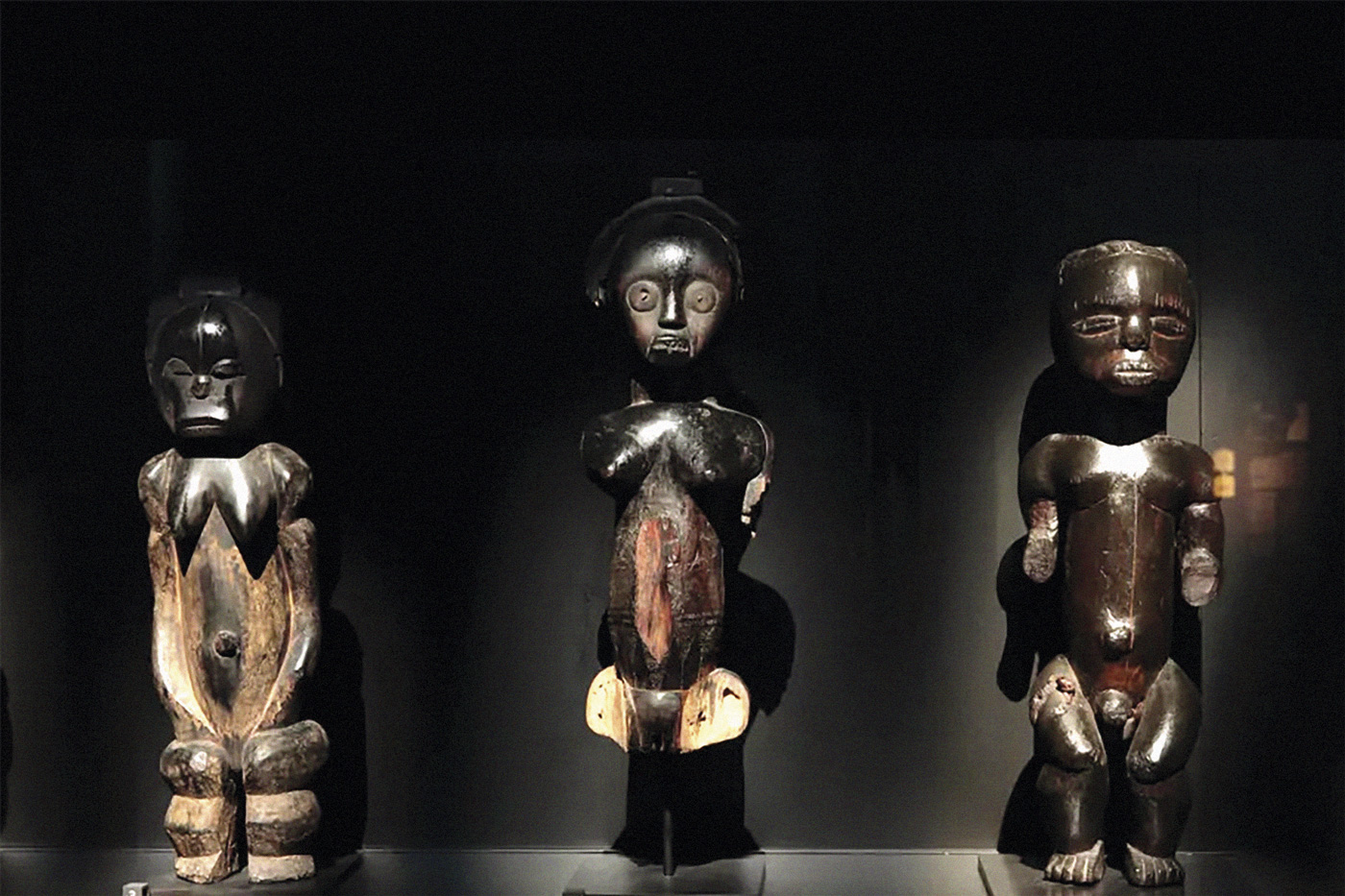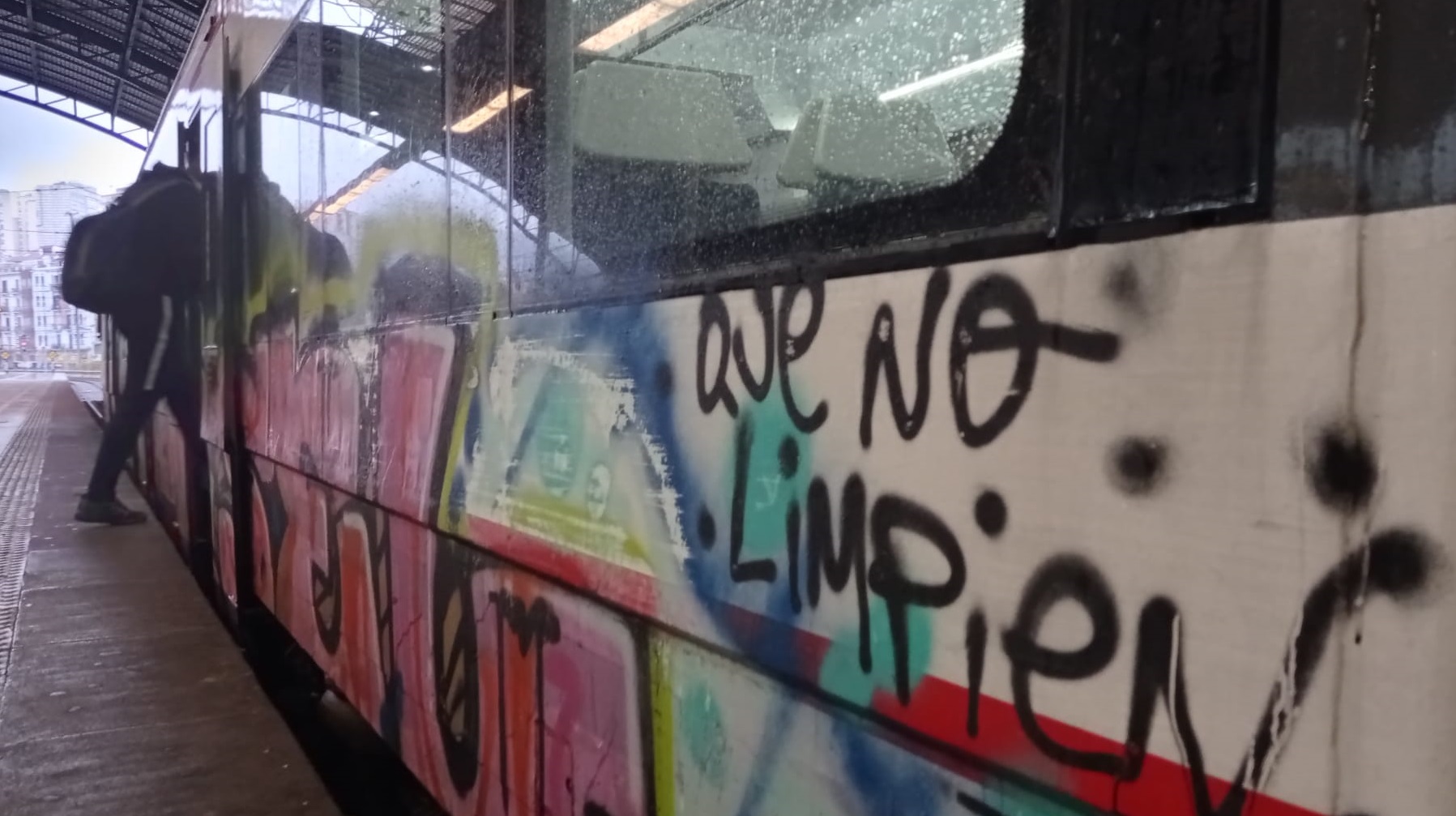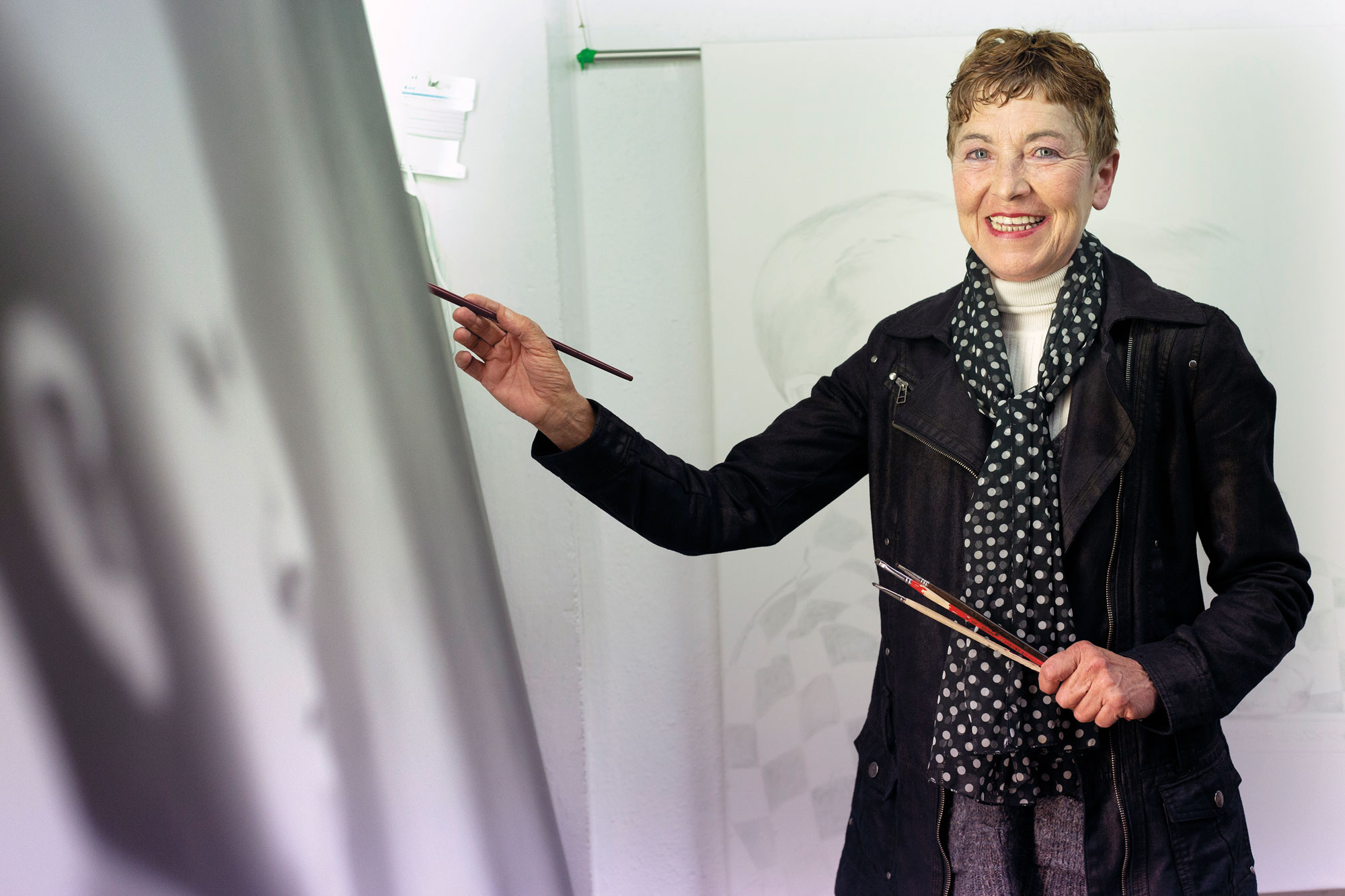Build something new from the myth
- Closure of the School of Art of Deba. Jorge Oteiza created it in 1970 to launch his cultural and political program, but the experiment didn't go well. A second phase began in the early 1980s, until last December the municipal plenary approved its closure. The Arte Eskola Bizirik platform has organised a conference for March 23, with the aim of denouncing the closure and rethinking the direction that the Art School should take.
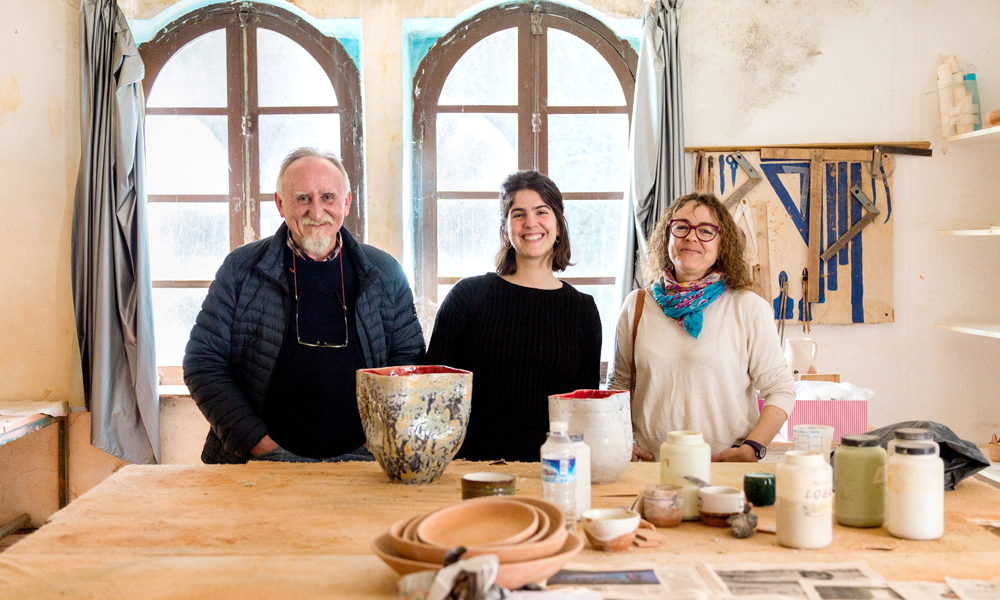
Art was for Jorge Oteiza an instrument for the creation of a new human being. And in that mission, it was very important for education. It began in the 1950s with the idea of creating a Comparative Aesthetic Center for the formation of Basque artists, but, under Franco, it was not easy to get the necessary items to build something like this. In the end, after two decades, the wind marched in the direction of Deba, where a storm was expected. There was the association that managed the heritage of the “inano” José Manuel Ostolaza, today known as the Cultural Association. Thanks to his gifts and the support of the City of Deba, in 1970 he founded the School of Art of Deba, a place where he started his cultural and political program.
Oteiza didn't want to pedagogy about art. It wasn't about teaching art to people, it was about artifically educating people. It was not a small intention: basically, he wanted to reform a people from a modern and innovative artistic education, and for that he chose Deba – or Deba chose him –. The fact is that Oteiza’s ideas were carried out for many years. During the first years of the experiment, artists of the height of Agustín Ibarrola, Remigio Mendiburu, José Antonio SISTIAGA, José Luis Zumeta, Koldo Azpiazu, Eduardo Chillida or Oteiza, among others, taught classes. An explosion that caused a huge explosion in the artistic landscape of the time. The media also carried out a comprehensive follow-up of the activities, days and exhibitions organized in the area. But if, in Oteiza's current retrospective, the chapter of Deborah has hardly any place, it's no coincidence. To realize it, the discrepancies and confrontations between the founders began, both in terms of educational approaches and personal issues. Oteiza was absent from there two or three years later, sending all that had to do with the school to the wind. He was the first boycott of the school he created.
Juan Luis Baroja Collet:
"This school has never been official and in recent years have been unemployed and retirees interested in the art world. It's been a very nice time."
Despite Oteiza's march, the school continued. But not for much. “Speaking to people then, everyone says they have forgotten what lasted that utopian time. It is often said to have lasted for a decade, but as the grants of the Cultural Association were completed in 1977, it is to be assumed that it was closed at school time,” explains artist Juan Luis Baroja Collet. The project was in a critical situation. The school building remained empty for one year and a printing press was installed on it. In that panorama, Luis Mari Illarramendi began to work to create something new from the footprint that the art school had left. Illarramendi previously taught ceramic courses at the ikastola in Deba, and in recent years he also participated in the Art School. He was an advisor to Julio Caro Baroja, Eduardo Chillida or Nestor Basterretxea, and thanks to his determined will he opened the Craft School of Deba in 1983. They began to show four basic trades: ceramics, sillarejo and carving, bronze casting and calcographic engraving.
Since then, Baroja Collet has served as a professor and, as you remember, every year about thirty students were enrolled at that time. One of them was Baracaldesa Zuriñe Gredilla, from 1987 to 1990. He approached the taste for painting, looking for a more complete view. He chose a three-year specialty and, as the painting had already been removed, he opted for engraving. At the end, they gave him the opportunity to try another specialty for three months and started with wood carving. He continued to study at Eibar and then opened a workshop at Deba. He has been living on the edge for more than 20 years. Like Gredilla, many years have passed from Deba in the 37 years that has lasted the second life of the school. In recent years, however, registration has been considerably reduced. “The first title didn’t matter, now without a title it doesn’t go anywhere,” says Baroja Collet. “This school has never been official and in recent years there have been unemployed and retired people interested in the art world. It’s been a very nice time.”
Now this second life is also over. Since the City of Deba has decided to close the school, Baroja Collet and the other teachers are in a special situation. They're still under contract, but they don't teach. It's a grim picture of the current school: workshops full of standing upheavals, holes in the ceiling waiting for outsiders' arrangements. You only hear the clerk's step in the building of the Artzabal neighborhood, which is still coming to make paper accounts. For the rest, everything stands by and an Oteizian word in the mouth of those who have gone through there: the void.
Turning outrage into an opportunity
Nora Mugarza is from Deba. Since he was very young he has been interested in the art world, but when he saw the posters of the Art School – inviting him to enroll in quarries or carpentry workshops – he thought: “It’s OK, but it’s not for me.” He studied Fine Arts in Bilbao, fond of paintings. At the university he immediately rejected painting to test other disciplines: photography, video, performance… With a master’s degree in Barcelona, he is lately in artistic education. Last summer he returned to Deba, and nothing else returned he began to read the first messages of the play as “SOS Arte Eskola”. “It made me sad, because I wanted to sign up for a workshop at the Art School once and for all.” Towards Christmas she became aware of the Arte Eskola Bizirik platform and started attending the meetings.
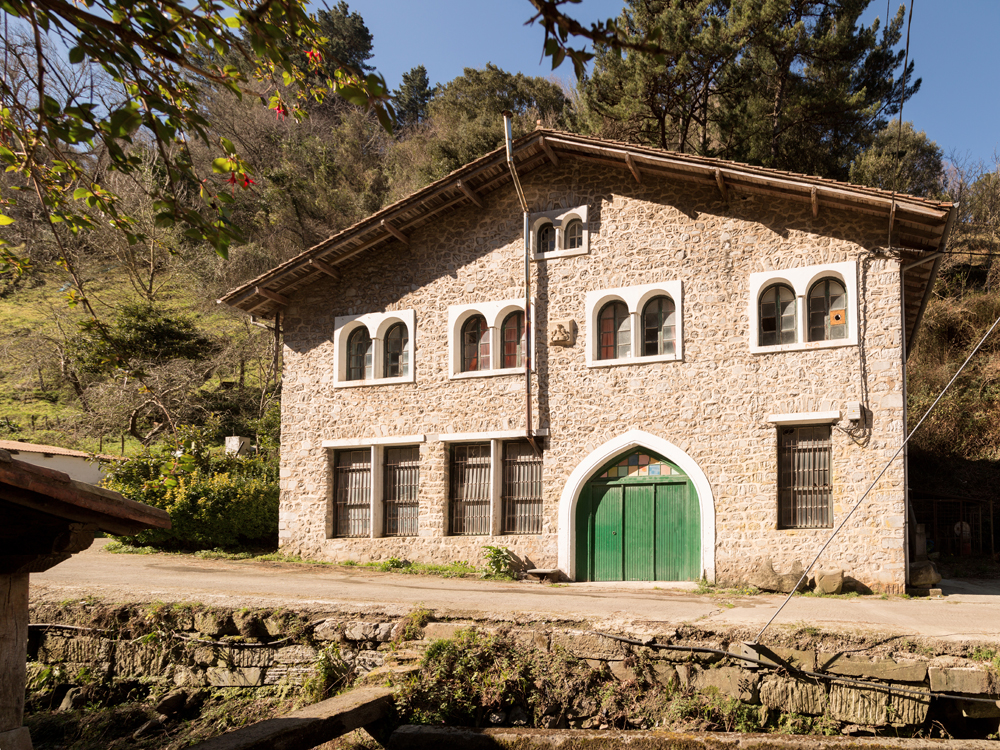
At first, outrage linked the members of the platform. “This cannot be accepted,” they said at the first meetings. Little by little, though, they began to think about what they could do and realized that this context can be the right one to rethink what art school is going to be. To do so, they inevitably return to Oteiza. But not from nostalgia, but from a critical perspective. They want to reclaim the myth of the generation of Oteiza, without falling into stupidity. They say that in the mystification of that generation they have won the speeches and symbols, and they have completely forgotten the techniques. Without technique, however, the present success would not be possible. Moreover, if something persists in the history of the Art School, the technique has lasted. What has happened is that the proposal that was initially related to techniques has been lost along the way. That's why he was called the Craft School for a moment, because they didn't know how to give the techniques the value they deserve. Because techniques are not only essential to spend time, but also to keep some speeches.
Multi-corner gaze
In the days to be held on Saturday 23 March, it is intended to launch a multi-channel look at the school and for this purpose, rapporteurs have been invited who have had some kind of relationship with the school. The day has been divided into two parts. In the morning, the program will review the history of the school through different views. It's going to be a first video projection summarizing the story. Next, Baroja Collet and Gredilla will make a presentation with slides and, finally, the director of the Oteiza museum, Gregorio Díaz Ereño, will talk about the capacity of art to transform society from the perspective of Oteiza. After the food break, three proposals will be made known so that the Art School can think about what it can go. Koldobika Jauregi, in addition to remembering his relationship with the school, will explain how his own museum has been set up. Next, they will explain the pedagogical bases and objectives of the Dinamoa project of Azpeitia. Finally, the architect Iñaki Uriarte will carry out a landscape study of the old building of the School of Art and will end up paying tribute to a sculpture of Oteiza, the Aita Donostia of Mount Agina.
These days have been called “first days” to imply that others, and others, and all that are necessary to decide what the Art School will become. The only thing you are clear about is that closure is not an option. From there, whatever it has to be. Because the Art School hasn't been the same throughout history. That is precisely why closure is a good option to return to the original spirit and guess a new direction. And if you can use Oteiza for this, why not use it?
1969
Arte Eskola irekitzeko lehen elkarrizketak hasten ditu Jorge Oteizak.
1970
Otsaila: Jorge Oteizak arte eskolaren ezaugarriak zeintzuk izango diren biltzen ditu informe batean.
1970
Ekaina: Arte Eskolaren sortze-dokumentua sinatzen da.
1970-1977
Debako Arte Eskolaren lehen fasea.
1977
Arte Eskola ixten da, bertako kideen arteko desadostasunak medio.
1980-1983
Arte aplikatuen ikastaro batzuk ematen hasten dira.
1983-2018
Debako Arte Eskolaren bigarren fasea.
2018
Abendua: Arte Eskola ixtea erabakitzen du Debako Udalak. Arte Eskola Bizirik plataforma biltzen hasten da, itxieraren aurrean zer egin pentsatzeko.
Eskultura grekoerromatarrek bere garaian zuten itxurak ez du zerikusirik gaurkoarekin. Erabilitako materiala ez zuten bistan uzten. Orain badakigu kolore biziz margotzen zituztela eta jantziak eta apaingarriak ere eransten zizkietela. Bada, Cecilie Brøns Harvard... [+]
Behin batean, gazterik, gidoi nagusia betetzea egokitu zitzaion. Elbira Zipitriaren ikasle izanak, ikastolen mugimendu berriarekin bat egin zuen. Irakasle izan zen artisau baino lehen. Gero, eskulturgile. Egun, musika jotzen du, bere gogoz eta bere buruarentzat. Eta beti, eta 35... [+]
This text comes two years later, but the calamities of drunks are like this. A surprising surprise happened in San Fermín Txikito: I met Maite Ciganda Azcarate, an art restorer and friend of a friend. That night he told me that he had been arranging two figures that could be... [+]
On Monday afternoon, I had already planned two documentaries carried out in the Basque Country. I am not particularly fond of documentaries, but Zinemaldia is often a good opportunity to set aside habits and traditions. I decided on the Pello Gutierrez Peñalba Replica a week... [+]














